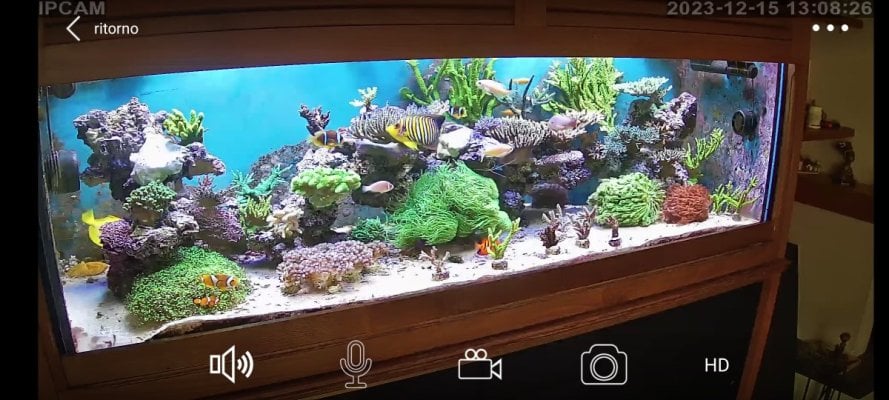Do you think that just 50 kg of live rock is enough for a 600 liter tank that will be a full sps low nutrient system?
Once upon a time the rule of 20% tank volume / live rocks was followed. Today perhaps a little less thanks to the improved skimmers, but I believe that at least 75 kg are necessary out of 600 net liters

Once upon a time the rule of 20% tank volume / live rocks was followed. Today perhaps a little less thanks to the improved skimmers, but I believe that at least 75 kg are necessary out of 600 net liters
Last edited:



















